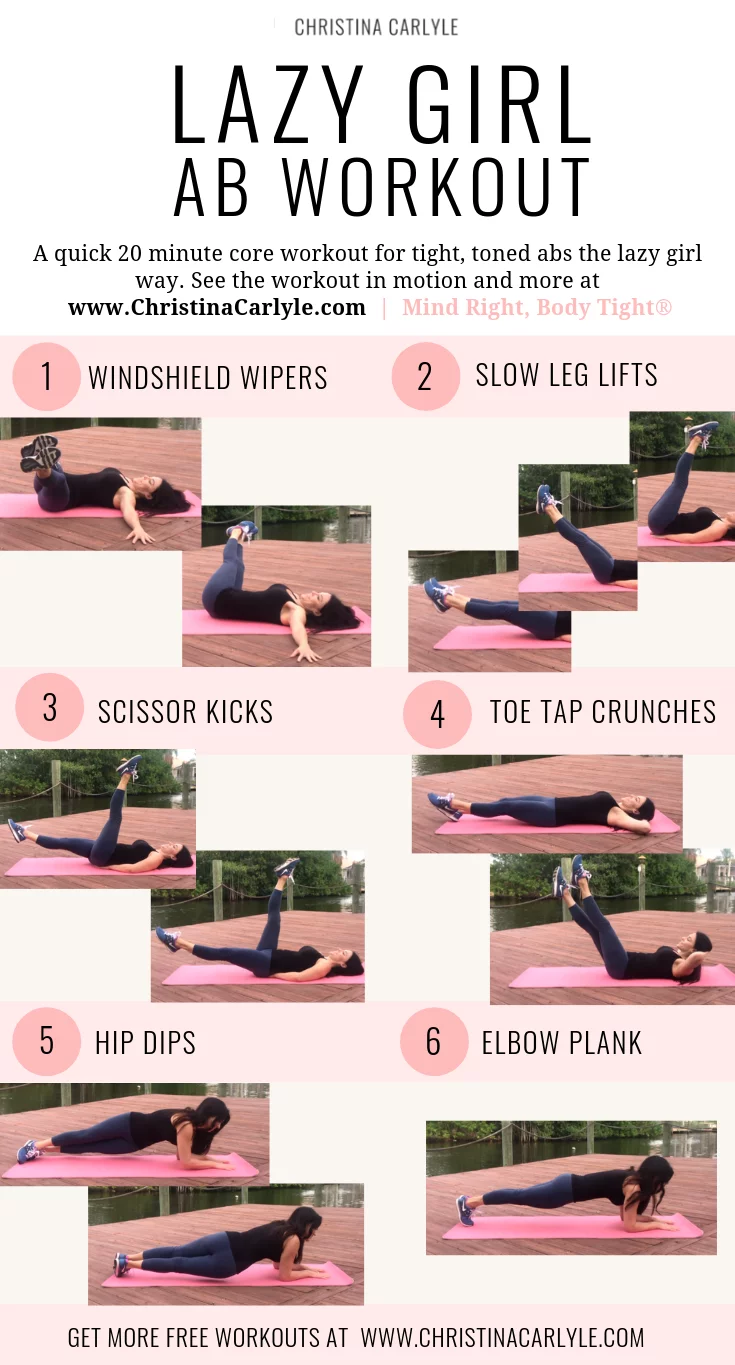
Jonathan Shaw (2004) writes that 75% of the United States populations fails even to meet the minimum government recommendation for exercise, that is, 30 minutes walking every day.Įven this statistic radically differs from the habits of our hunter-gatherer ancestors 10,000 years ago, who walked at least 10-20 kilometers every day (Wrangham in Shaw, 2004). What does this mean for global health? Widespread physical inactivity is cause for concern. Given the current demographic exponential growth worldwide, it is predicted that by 2050, around 70% of the global population will be living in cities. Regardless, we are moving towards a city-dwelling, exercise-low society.Īccording to the World Health Organization (2010), more than 50% of the world population lives in an urban area today. Physical inactivity is not a reality many workers around the world face. It is important to acknowledge that not everyone has the opportunity to work non-physical jobs in a safe home environment. With the rise of freelance work and global nomadism, people could remain inactive and even earn a decent wage and the opportunity to travel. This includes paying the bills, buying clothing and groceries, enjoying vacation days, and catching up with friends. Without physical effort, one could survive and even earn money, have fun, and eat well.įor many people’s income, everything can be done from their couch, or with little physical effort. The way people spend their leisure time also changed when television became America’s favorite pastime (Krantz-Kent, 2018), with people consuming around 4 and 5 hours of daily screentime (Shaw, 2004).Īll of this meant that in today’s developed regions, the standard of living dramatically increased. Markets and supermarkets also made food accessible to people who could no longer afford to raise cattle and produce their own food. Meanwhile, populations moved into urbanized centers by the thousands into smaller residences near one another, with proximity to their work. The rise of blue- and white-collar jobs in factories also replaced small-scale farming and traditional labor-intensive work. With the automation of industry, a more sedentary lifestyle arose, along with a rapid increase in cardiovascular and respiratory diseases. Technology quickened the production lines and output of goods and decreased the number of active jobs for a rising middle class. “ brought about a leisure revolution within the working-class population and played a major role in focusing the Victorian psyche on health.” According to Watson, Weir and Friend (2005), technology: In the aftermath of the Industrial Revolution, technology also experienced a major shift in the UK and much of Western Europe. Industrialization brought revolutionary technological innovations like trains, cars, and airplanes, which made our lives easier.

What are the Best Exercises We Can Engage in to Build Brain Health?.Blood Circulation and Cognitive Functioning.


What Can Physical Activity Do For Neurological Problems?.How Does it Improve Concentration and Remove Brain Fog?.Exercise, Cognition and the Aging Brain.


 0 kommentar(er)
0 kommentar(er)
